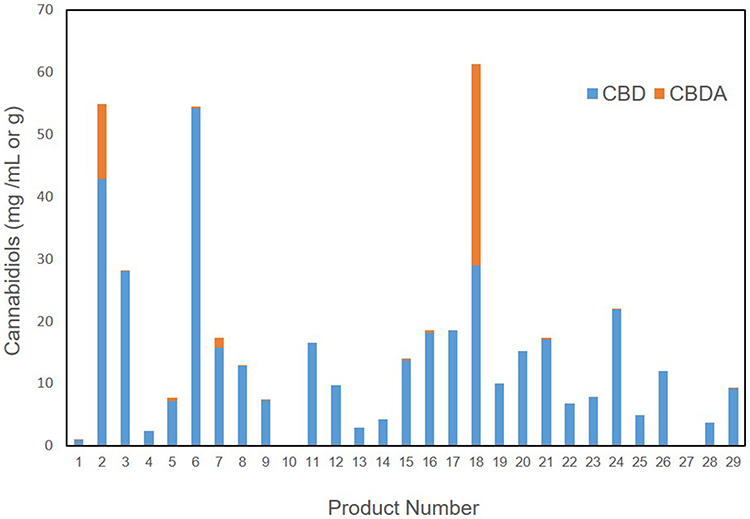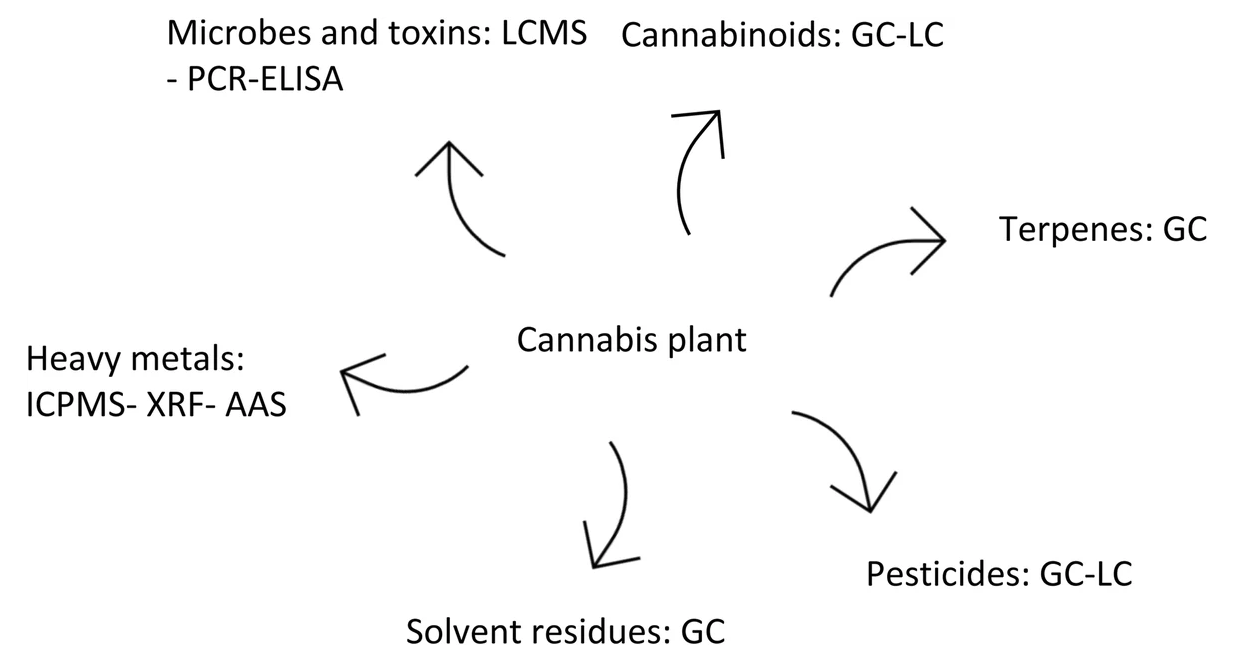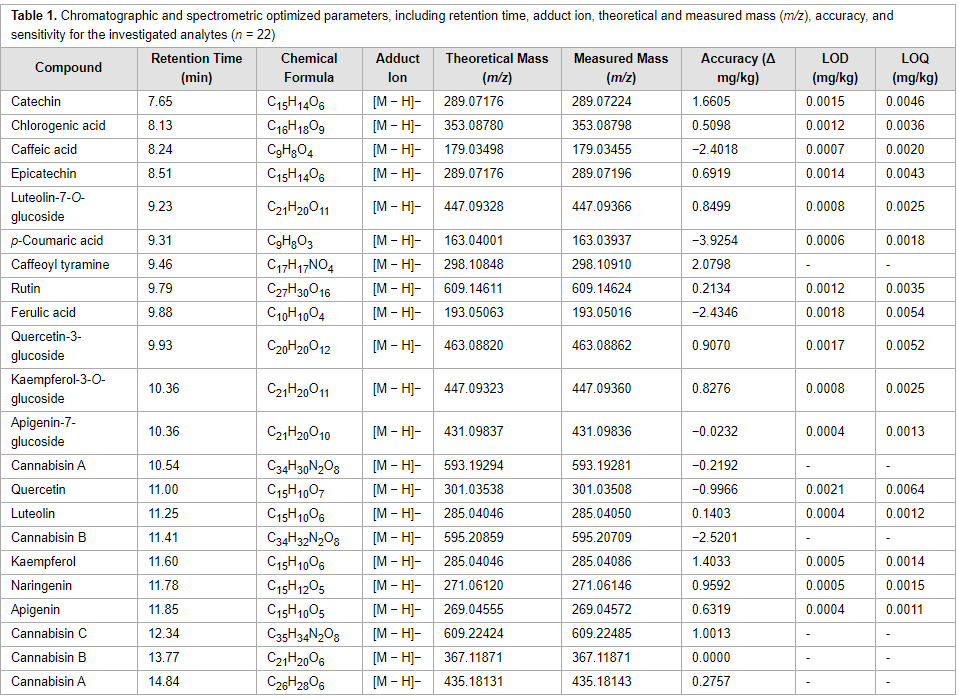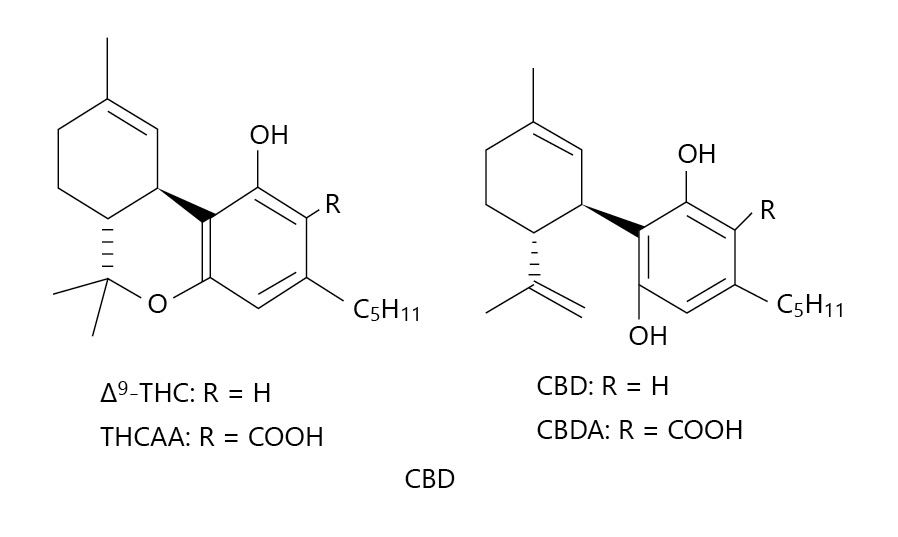Difference between revisions of "Main Page/Featured article of the month/2021"
Shawndouglas (talk | contribs) (Updated for May) |
Shawndouglas (talk | contribs) |
||
| Line 13: | Line 13: | ||
| class="MainPageBG" style="width:50%; border:1px solid #cedff2; background:#ffffef; vertical-align:top;"| | | class="MainPageBG" style="width:50%; border:1px solid #cedff2; background:#ffffef; vertical-align:top;"| | ||
{| id="mp-right" style="width:100%; vertical-align:top; background:#ffffef;" | {| id="mp-right" style="width:100%; vertical-align:top; background:#ffffef;" | ||
|- | |- | ||
<!-- Below this line begin pasting previous news --> | <!-- Below this line begin pasting previous news --> | ||
<br /> | |- | ||
|<br /> | |||
<h2 style="font-size:105%; font-weight:bold; text-align:left; color:#000; padding:0.2em 0.4em; width:50%;">Featured article of the month: May 2021:</h2> | <h2 style="font-size:105%; font-weight:bold; text-align:left; color:#000; padding:0.2em 0.4em; width:50%;">Featured article of the month: May 2021:</h2> | ||
<div style="float: left; margin: 0.5em 0.9em 0.4em 0em;">[[File:Fig1 Wakshlag VetMedResRep2020 11.jpg|240px]]</div> | <div style="float: left; margin: 0.5em 0.9em 0.4em 0em;">[[File:Fig1 Wakshlag VetMedResRep2020 11.jpg|240px]]</div> | ||
| Line 24: | Line 24: | ||
The use of veterinary low-[[tetrahydrocannabinol]] (THC) ''[[Cannabis sativa]]'' (i.e., [[hemp]]) products has increased in popularity for a variety of pet ailments. Low-THC ''Cannabis sativa'' is federally legal for sale and distribution in the United States, and the rise in internet commerce has provided access to interested consumers, with minimal quality control. We performed an internet word search of “hemp extract and dog” or “CBD product and dog” and analyzed 29 products that were using low-THC ''Cannabis sativa'' extracts in their production of supplements. All products were tested for major [[cannabinoid]]s, including ∆9-tetrahydrocannabinol (THC), [[cannabidiol]] (CBD), [[cannabigerol]] (CBG), and other minor cannabinoids, as well as their respective carboxylic acid derivatives [[tetrahydrocannabinolic acid]] (THCA), [[cannabidiolic acid]] (CBDA), and [[cannabigerolic acid]] (CBGA) using an [[ISO/IEC 17025]]-certified [[laboratory]].('''[[Journal:Cannabinoid, terpene, and heavy metal analysis of 29 over-the-counter commercial veterinary hemp supplements|Full article...]]''')<br /> | The use of veterinary low-[[tetrahydrocannabinol]] (THC) ''[[Cannabis sativa]]'' (i.e., [[hemp]]) products has increased in popularity for a variety of pet ailments. Low-THC ''Cannabis sativa'' is federally legal for sale and distribution in the United States, and the rise in internet commerce has provided access to interested consumers, with minimal quality control. We performed an internet word search of “hemp extract and dog” or “CBD product and dog” and analyzed 29 products that were using low-THC ''Cannabis sativa'' extracts in their production of supplements. All products were tested for major [[cannabinoid]]s, including ∆9-tetrahydrocannabinol (THC), [[cannabidiol]] (CBD), [[cannabigerol]] (CBG), and other minor cannabinoids, as well as their respective carboxylic acid derivatives [[tetrahydrocannabinolic acid]] (THCA), [[cannabidiolic acid]] (CBDA), and [[cannabigerolic acid]] (CBGA) using an [[ISO/IEC 17025]]-certified [[laboratory]].('''[[Journal:Cannabinoid, terpene, and heavy metal analysis of 29 over-the-counter commercial veterinary hemp supplements|Full article...]]''')<br /> | ||
|- | |- | ||
<br /> | |<br /> | ||
<h2 style="font-size:105%; font-weight:bold; text-align:left; color:#000; padding:0.2em 0.4em; width:50%;">Featured article of the month: March 2021:</h2> | <h2 style="font-size:105%; font-weight:bold; text-align:left; color:#000; padding:0.2em 0.4em; width:50%;">Featured article of the month: March 2021:</h2> | ||
<div style="float: left; margin: 0.5em 0.9em 0.4em 0em;">[[File:Fig2 Lazarjani BMCJournCannaRes2020 2.png|240px]]</div> | <div style="float: left; margin: 0.5em 0.9em 0.4em 0em;">[[File:Fig2 Lazarjani BMCJournCannaRes2020 2.png|240px]]</div> | ||
Revision as of 19:09, 1 June 2021
|
|
If you're looking for other "Article of the Month" archives: 2020 - 2021 |
Featured article of the month archive - 2021
Welcome to the CannaQAwiki 2021 archive for the Featured Article of the Month.
|



